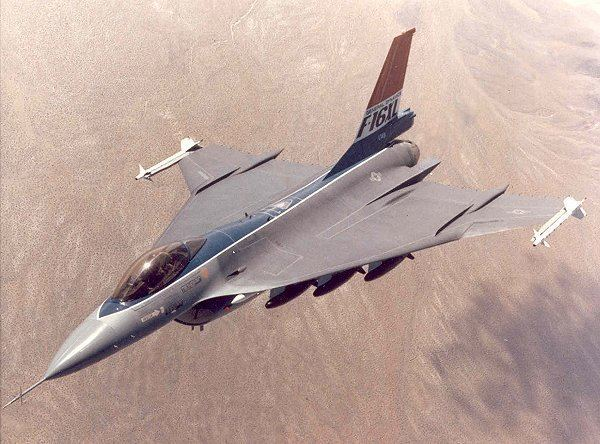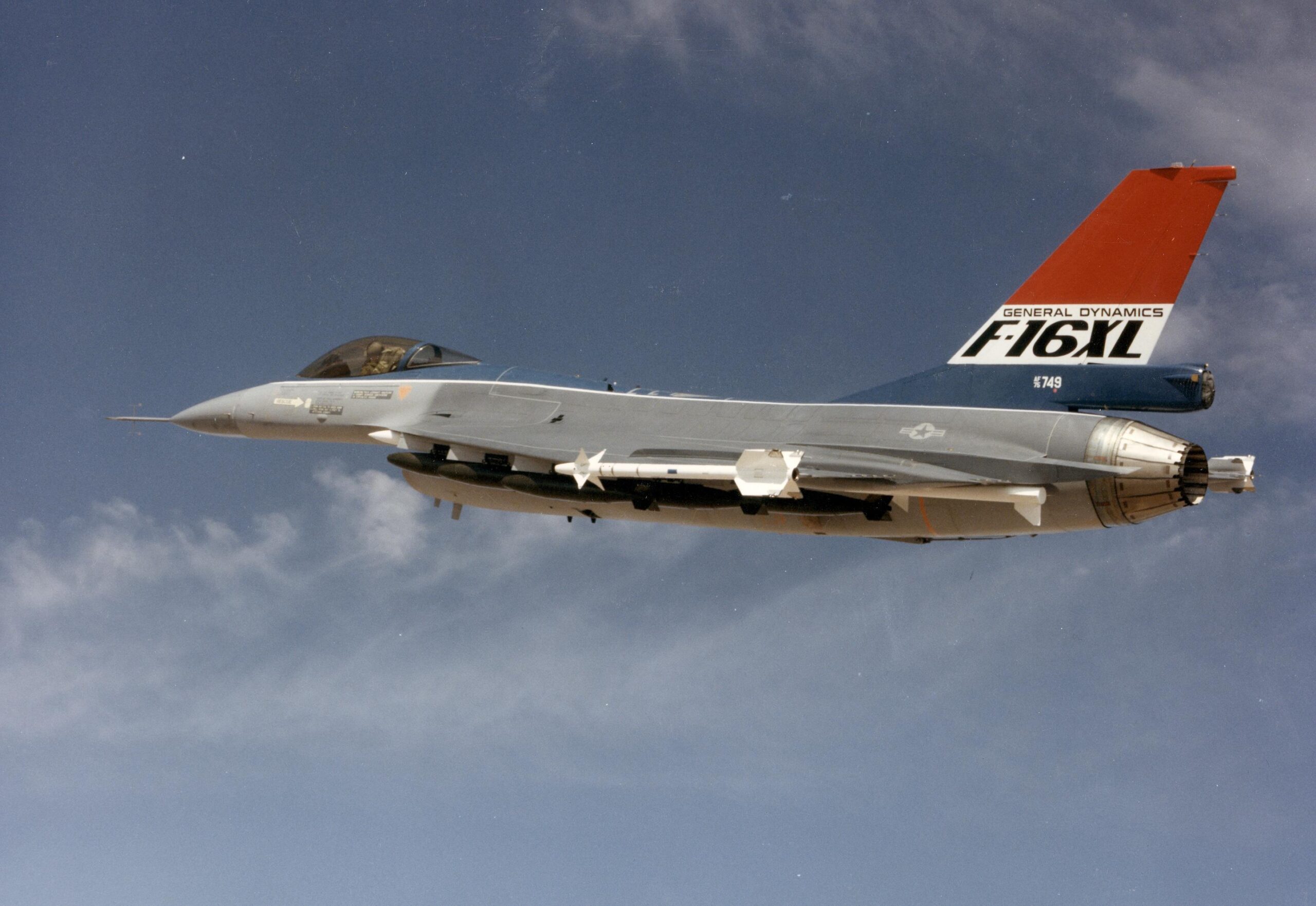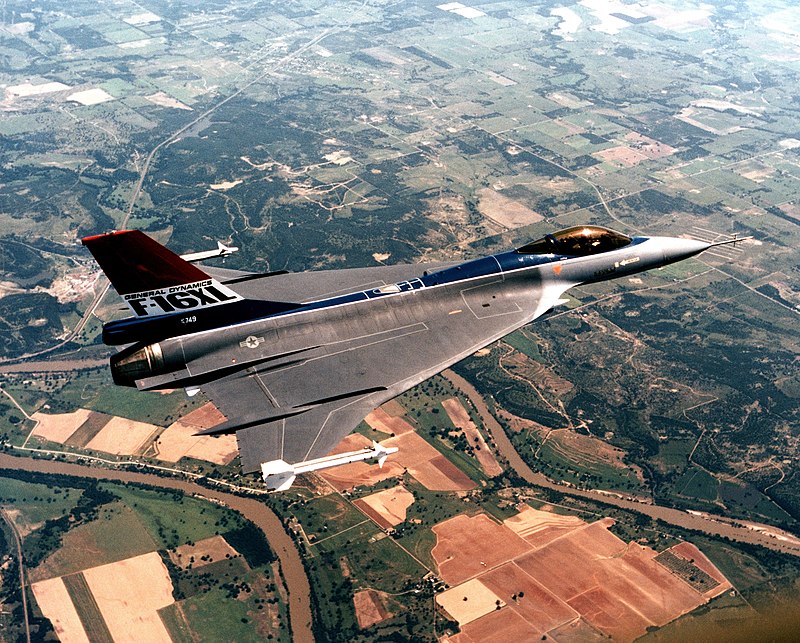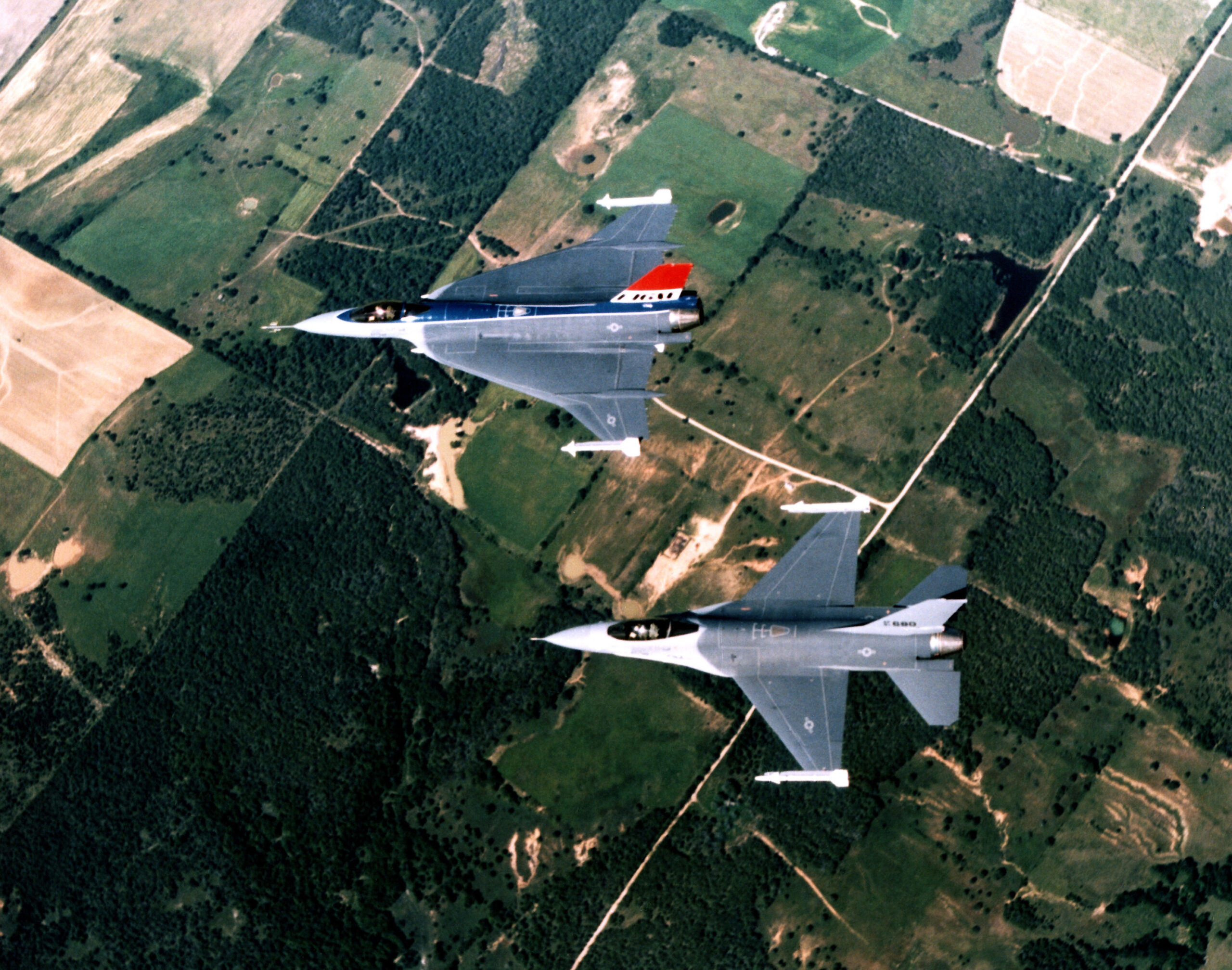F-16XL: Unveiling the Unconventional Fighter Aircraft

The F-16XL is an intriguing and unique variant of the popular F-16 Fighting Falcon fighter aircraft. Developed by General Dynamics in the late 1970s, this modified F-16 design was intended to serve specific roles within the United States Air Force (USAF). In this article, we will delve into the details of the F-16XL, exploring its development, features, and the role it played in the world of military aviation.
The F-16XL’s story begins with the United States Air Force’s interest in improving the F-16’s capabilities, particularly in terms of range and payload. General Dynamics proposed an enhanced design, resulting in the F-16XL, which featured a unique cranked-arrow wing design. This design aimed to provide better aerodynamic performance and increased internal fuel capacity, making it suitable for long-range strike and interdiction missions.
The most prominent feature of the F-16XL is its cranked-arrow delta wing design. This novel wing configuration improved the aircraft’s lift-to-drag ratio, allowing for greater fuel efficiency and extended range. The increased wing area also enabled the aircraft to carry a larger payload.

To accommodate the aircraft’s enlarged internal fuel tanks, the fuselage of the F-16XL was extended, giving it a distinctive appearance compared to the standard F-16.
The F-16XL had the capacity to carry a variety of ordnance, including air-to-ground missiles, laser-guided bombs, and precision-guided munitions, making it a versatile platform for ground attack missions.
Despite its modified design, the F-16XL retained the F-16’s exceptional speed and maneuverability, making it a formidable asset in combat scenarios.

While the F-16XL showcased impressive capabilities during its development and testing phases, it faced challenges in gaining acceptance within the USAF. Ultimately, the aircraft did not enter mass production, and only two prototypes were built: the F-16XL-1 and F-16XL-2.
The F-16XL-1 primarily participated in test and evaluation programs, including the Enhanced Tactical Fighter program, which aimed to develop an advanced strike aircraft. However, the program eventually led to the development of the F-15E Strike Eagle instead.
The F-16XL-2, on the other hand, served as a technology demonstrator, focusing on aerodynamic research and advanced technology integration. It showcased the benefits of the cranked-arrow wing design but did not lead to a production version.

Although the F-16XL did not become a production aircraft, its innovative design and technological advancements contributed to the development of future aircraft. Lessons learned from the F-16XL’s aerodynamics and advanced materials found applications in subsequent fighter aircraft programs, influencing the evolution of military aviation.
In conclusion, the F-16XL remains a fascinating chapter in the history of fighter aircraft development. Its unique design and capabilities left a lasting impact on the field of aviation, even though it did not see widespread operational use. The F-16XL serves as a testament to the innovative spirit of aerospace engineers and their continuous quest to push the boundaries of what is possible in the world of military aviation.